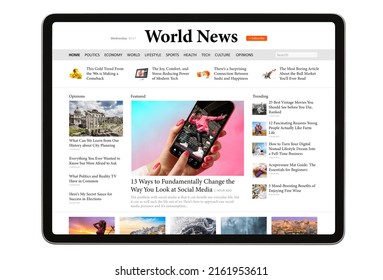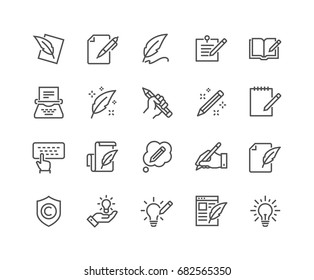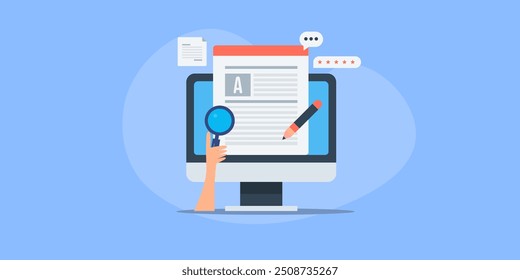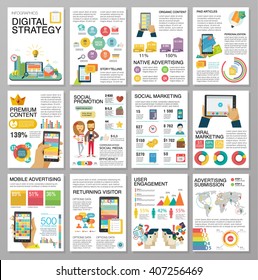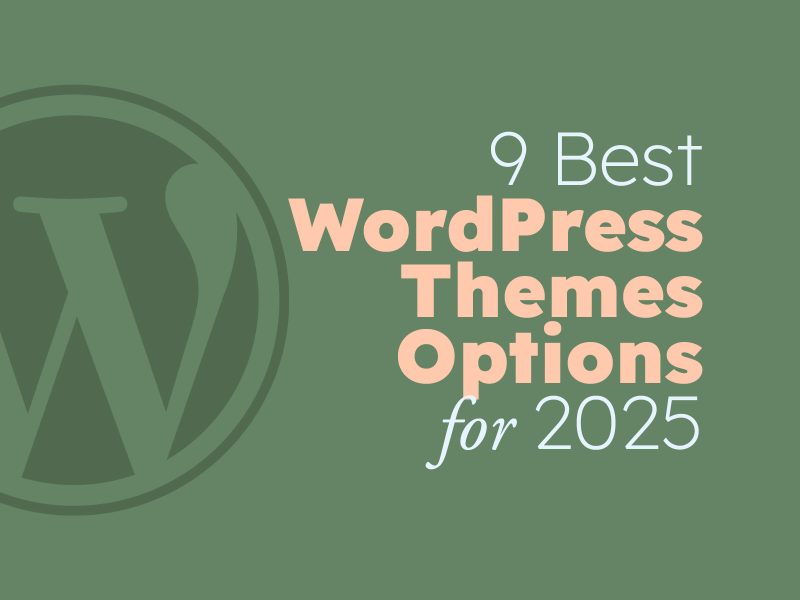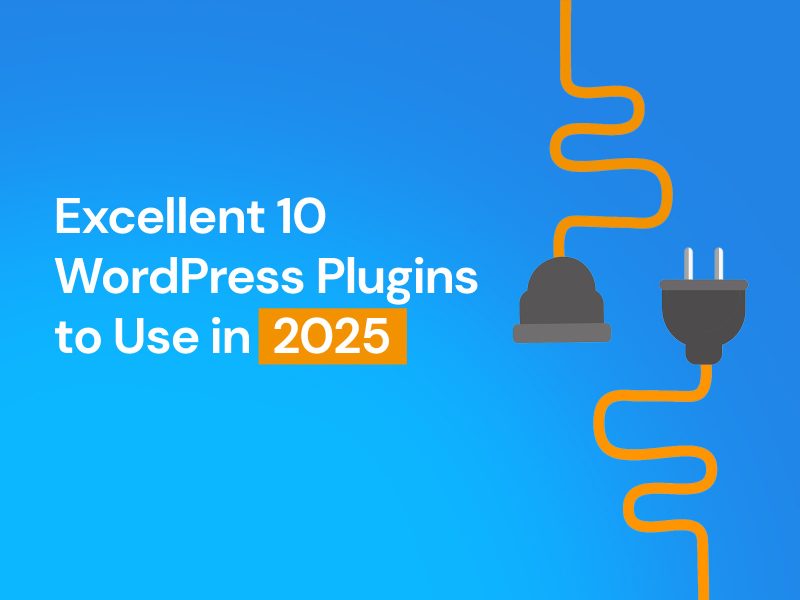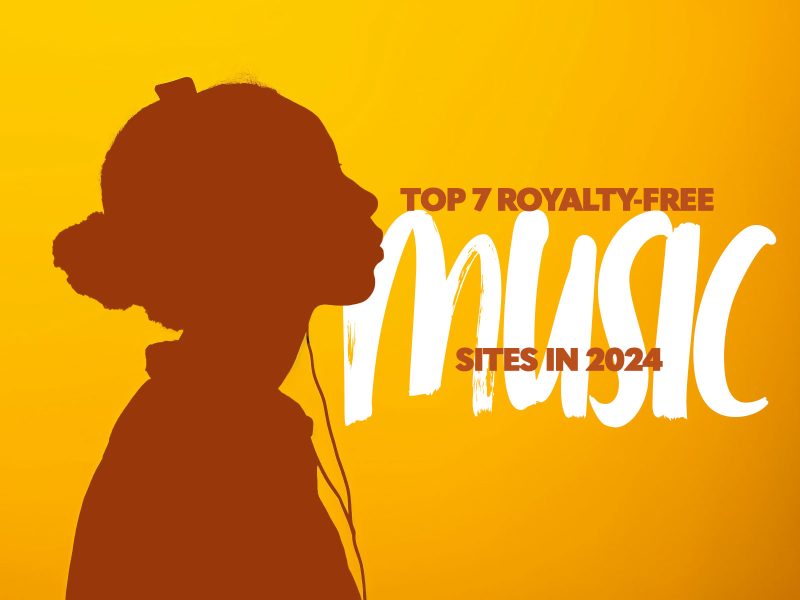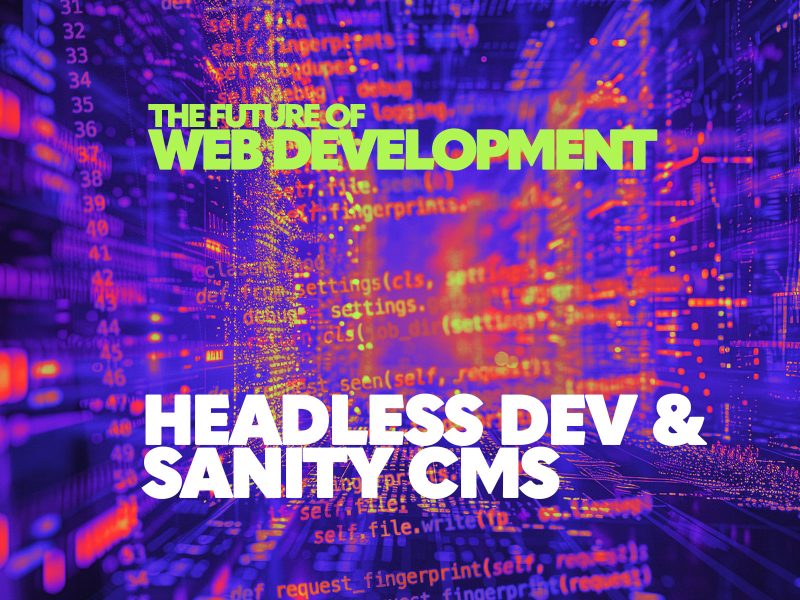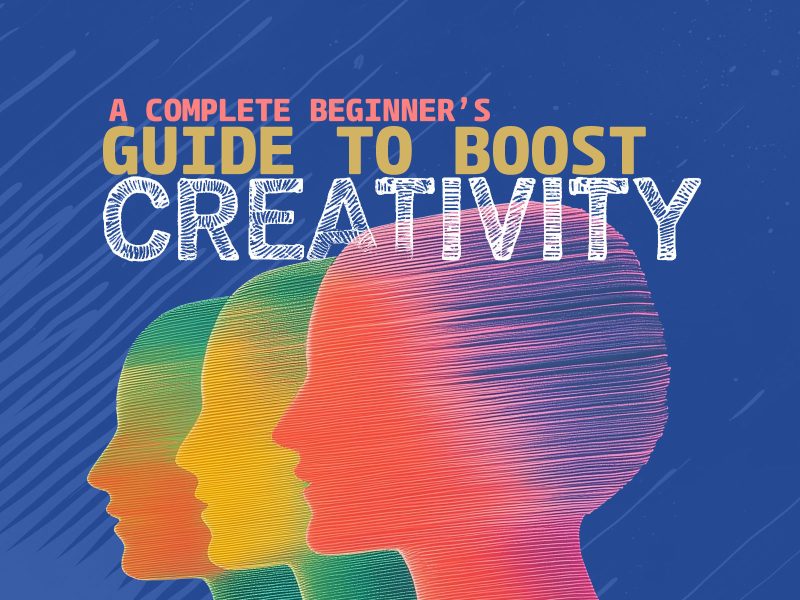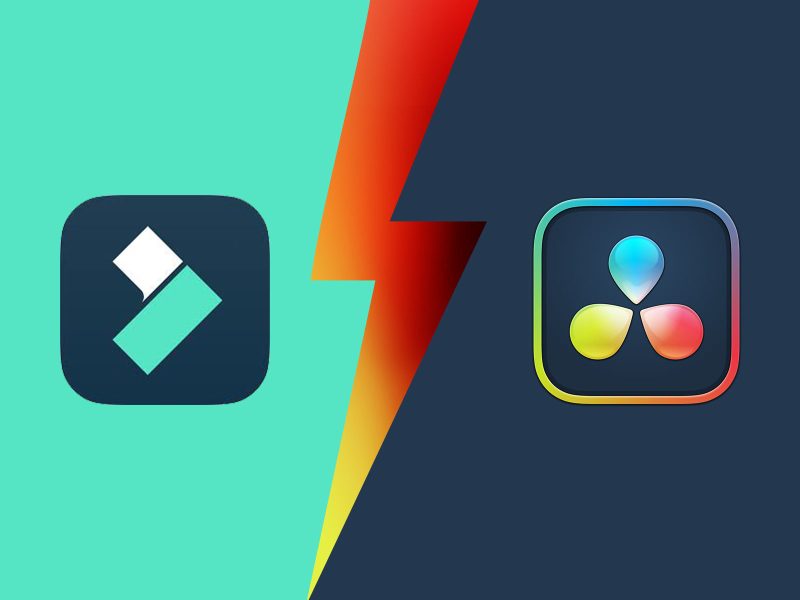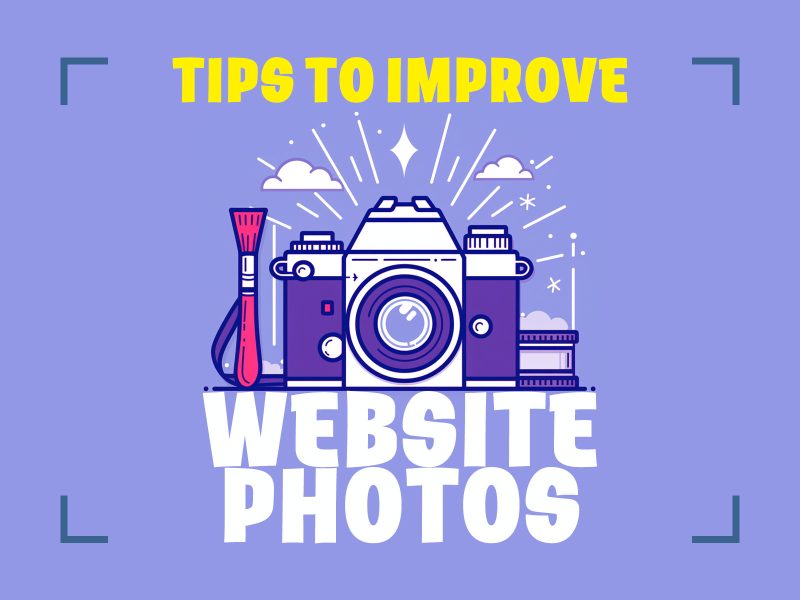Whether you are the world’s most seasoned web designer or a complete and utter newbie, there is always a chance of getting something wrong when building a website. While these simple mistakes may seem fairly innocuous to begin with, they can significantly impact the overall performance of your site. Furthermore, if your website’s purpose is to sell a product or service, these mistakes can hurt your bottom line, which is far from ideal.
With that said, let’s take a look at the four most common mistakes when building your website and how to avoid them.
Installing too many plugins
People love plugins, and why not? They give you the ability to customize your website in a seemingly infinite number of ways, equipping you with the tools you need to set your website up just the way you like it.
Want to monitor the number of people that abandon their cart at checkout? There’s a plugin for that. How about something to grab email subscribers as they’re about to leave your site? Yep, there’s a plugin for that too.
However, sometimes there are problems with installing too many plugins on your site, and selecting the wrong one could even lead to your site getting hacked (gasp!). Here are some of the main issues.
- They slow your website down… a lot!
- They create security vulnerabilities which can lead to your site becoming compromised
- They can cause site crashes and error for visitors
- They can get expensive
Choosing the wrong hosting plan
Setting up your hosting plan may seem like a chore, but it’s something every website owner has to do. If you’ve already gone through the process a few times before, you probably have a preferred hosting provider you turn to because it’s easy to stick with what you know, right?
However, it’s important to carefully consider your hosting plan each time you set up a new website, as each site has different requirements depending on its function and how much traffic it’s going to receive.
For example, if you’re planning to build a small blog, chances are your traffic levels will be relatively low while starting out. This means you can opt for an affordable web hosting solution without giving it too much thought.
Contrastingly, if you’re building a large website, you would be better off looking for hosting providers that cater to higher levels of traffic, such as those with dedicated hosting and VPS solutions.
It’s vital to do this from the very start so that you can ensure the best experience for your visitors. Plus, that means you won’t have a headache later down the line when you try and switch hosting plans/providers.
Not optimizing for mobile users
Having a poor CTA (Call To Action)
Your CTA is one of the most important elements on your entire website. It’s the instruction on the page that encourages your visitors to take some sort of action.
The purpose of your CTA could be to prompt visitors to buy your product or view your store, click on an affiliate link, or simply enter their details on an email capture form.
Whatever the desired outcome, a well thought out CTA is a great way to encourage deeper engagement with your visitors and boost your conversion rates. So what does a good CTA look like? Here are a few pointers:
- Clear and concise (let your audience know what you want them to do)
- Use action words
- Focus on the value you’re providing the visitor
- Create curiosity and attempt to pique their interest
- Have a well designed CTA button for them to click on
In Summary
For most people, setting up a website is an exciting experience as it means you’re finally taking action and moving forward with your idea or new business venture. However, there are plenty of pitfalls to watch out for that could end up giving you a headache further down the line, or worse, delaying you from getting your site up and running in the first place.
Just remember to take it slow and keep the points raised in this article in mind. Good luck, and thanks for reading!





